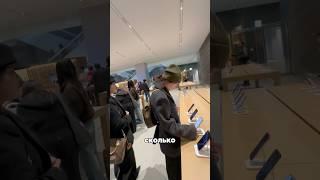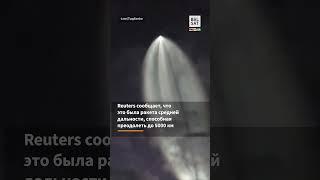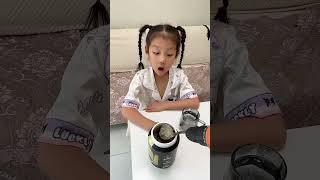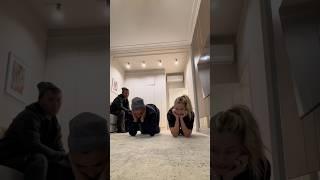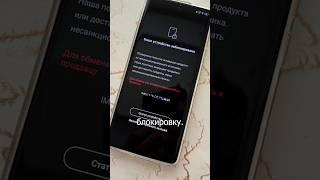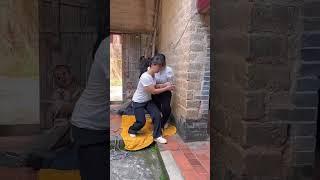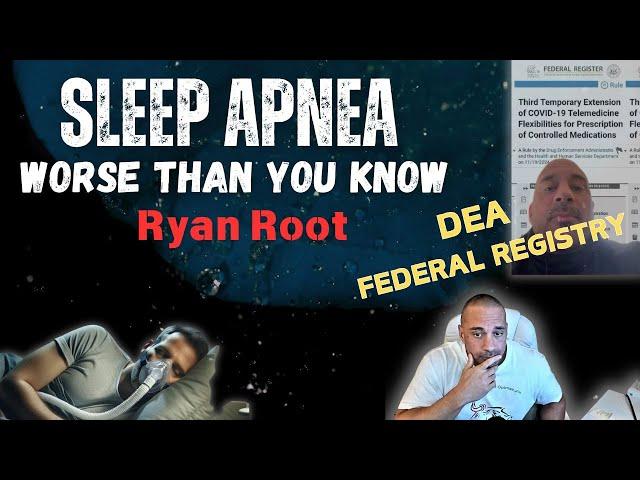
SLEEP APNEA DANGERS! DEA NEW FEDERAL REGISTRY - LIVE Q&A DISCUSSION-Ryan Root(#032)
Комментарии:

This was a lot of fun tonight! Thanks to everyone who joined us! We love seeing you every week! Thanks to WJ for coming on tonight too, what a great guy!
Ответить
Good job y’all. Interesting topic I didn’t know much about until this show
Ответить
some of what we didn't have time to discuss:
CPAP masks include nasal only, nasal and mouth, and full face. If you are lucky enough to be able to breathe with your nose you can use a nasal mask. If you sometimes need to breathe through your mouth, a nasal mask will make you feel like you are suffocating because the air will escape your mouth. I alternate nights between an F30i and Vitera mask. The F30i is nice because it covers less area of the face, however the downside is it can move away from your nose making it tough to breathe, and the exhale port can get blocked by your blanket or pillow making you breathe back in your exhaled air. The Vitera is very simple and easy to breathe with, but it covers more face and causes itching around the seal (at least for me). I notice no matter what, nose hairs need to be trimmed short or they will "tickle" during the night, waking me up to scratch my nose.
We also didn't have time to discuss mouth taping and mouth guards. Taping forces nasal breathing but there is a risk of asphixiation in extremely rare circumstances. Mouth guards supposedly hold the jaw in place to keep the apnea from happening.
Myth: CPAP is loud and will annoy your sleep partner. Fact: it is whisper quiet and can't even be used as a white noise machine.
Masks, tubing, and filters need to be replaced periodically. They recommend the intake air filter be replaced every 2 weeks. Tubing once every couple months. Masks monthly. I use the CPAP machine's air leak measurement to judge needing a new mask. When the air leak exceeds 40 it's usually time for a new mask. Ideal leak is around 20. If you have your mask too tight or too loose it will also affect the leak measurement though.














